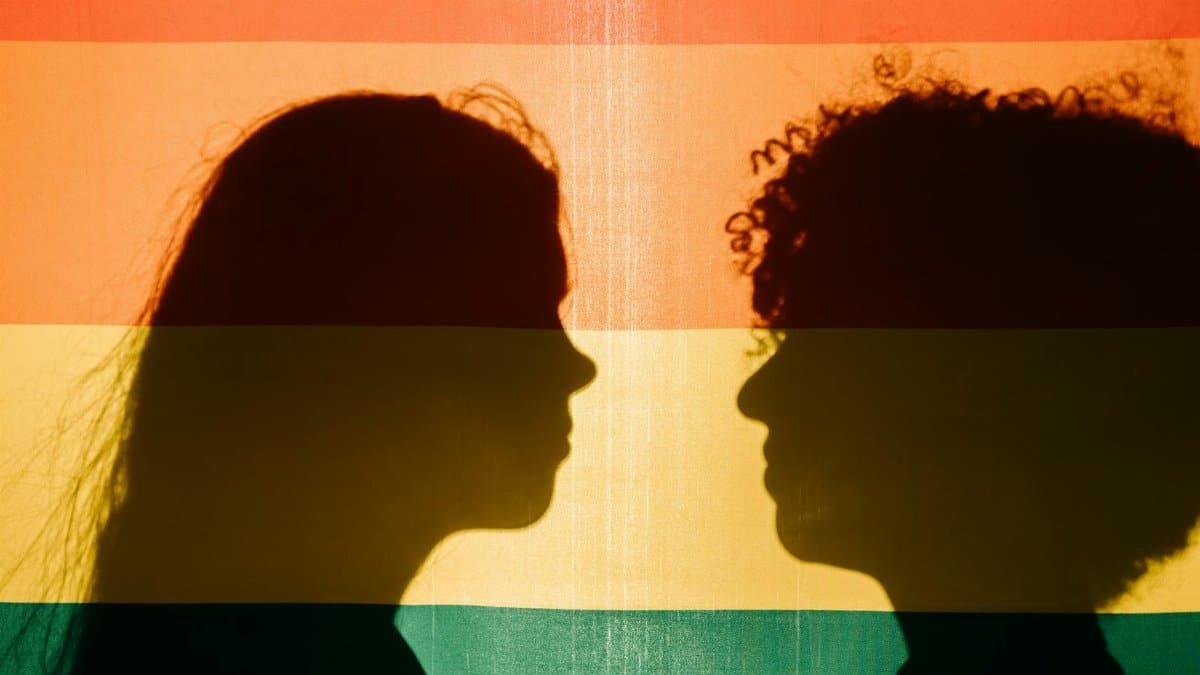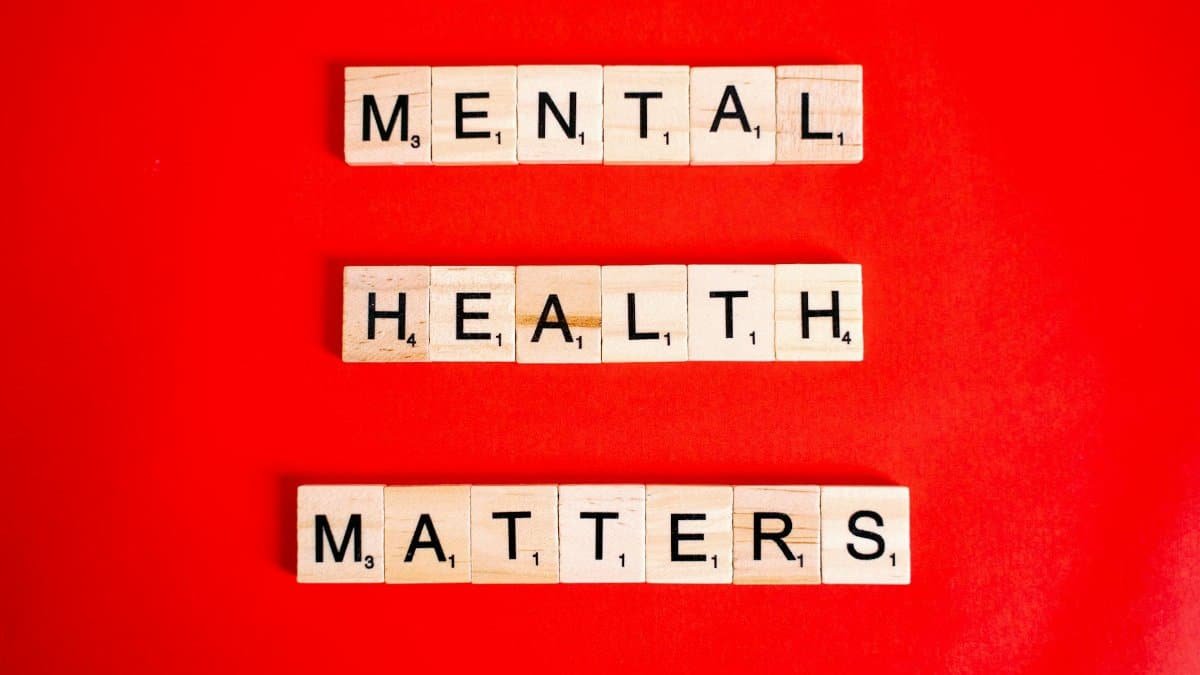What if the key to real emotional freedom lies not in constant self-improvement, but in simply stopping the fight against your own flaws? A recent study from the American Psychological Association shows that over 60 percent of adults report struggling with self-acceptance, a figure that’s climbed steadily in recent years amid rising stress levels. This isn’t just a personal hurdle; it’s a widespread barrier to well-being. Enter acceptance healing, a concept gaining traction as people seek ways to embrace their imperfections rather than erase them. But why do so many of us ignore this vital form of acceptance? It often stems from deeply ingrained habits of criticism and comparison, fueled by societal pressures that prize perfection. Yet, as more Americans turn to mindfulness practices and therapy, the tide is shifting. This article delves into why we overlook the acceptance we need most and how reclaiming it can transform daily life.
The Roots of Resistance

Self-criticism runs deep in many lives. Think about those quiet moments when doubt creeps in, whispering that you’re not enough. This resistance to acceptance often traces back to childhood experiences or cultural messages that equate worth with achievement. Psychologists note that such patterns can harden over time, making true acceptance feel like a distant goal.
Consider a common scenario: a professional in her forties, juggling career demands and family, constantly berating herself for small slip-ups. She skips the gym one day and spirals into guilt, ignoring the exhaustion that’s begging for rest. This cycle isn’t rare. In fact, research from the American Psychological Association highlights how chronic self-judgment correlates with higher anxiety levels. Breaking free starts with recognizing these roots, not as excuses, but as starting points for change.
Shifting this mindset requires patience. One approach involves journaling prompts that challenge negative narratives. Instead of listing failures, note moments of resilience. Over time, this builds a foundation for acceptance healing, turning inner conflict into quiet understanding.
When Society Pushes Perfection

Social media feeds overflow with curated lives, setting impossible standards. Scroll through Instagram, and you’re bombarded with images of flawless routines and successes. No wonder acceptance feels elusive. This external pressure amplifies internal struggles, making it hard to embrace our authentic selves.
Take the story of a man in his fifties who, after years in a high-stakes job, faced burnout. He confided to friends that admitting vulnerability felt like weakness in a world that rewards invincibility. Online discussions often reveal similar frustrations, with one recent account describing the exhaustion of pretending everything is fine while crumbling inside. Such experiences underscore a broader trend: the push for perfection erodes mental health.
Experts from the National Institutes of Health link this to rising rates of chronic stress. To counter it, some turn to community groups focused on vulnerability-sharing. These spaces foster acceptance healing by normalizing imperfections, reminding participants that they’re not alone in their struggles.
Yet, the solution isn’t to abandon ambition. It’s about balancing drive with compassion. When society glorifies hustle, pausing to accept limitations becomes a radical act of self-care.
The Science Behind Acceptance

Acceptance isn’t just feel-good advice; it’s backed by brain science. Neuroimaging studies show that practicing self-acceptance activates regions associated with emotional regulation, reducing the fight-or-flight response. This physiological shift can lower cortisol levels, easing the body’s stress burden.
Dive into a specific finding: a 2023 study published in the Journal of Personality and Social Psychology found that individuals who cultivated acceptance reported 25 percent less emotional distress over six months. Participants engaged in daily exercises, like mindful acknowledgment of flaws without judgment. The results? Improved sleep and relationships.
But how does this translate to everyday life? Imagine someone grappling with past regrets. Through acceptance healing, they learn to view those moments as lessons, not chains. The Pew Research Center reports that mental health concerns have surged since the pandemic, making such tools more relevant than ever in 2025.
This science empowers action. Therapists often recommend techniques from acceptance and commitment therapy (ACT), which emphasizes embracing thoughts without letting them dictate behavior. It’s a practical bridge from theory to healing.
Common Pitfalls in the Journey

Embarking on acceptance healing sounds straightforward, but traps abound. One major pitfall is confusing acceptance with resignation. People worry that accepting flaws means giving up on growth. Not true. Acceptance provides the clarity to pursue meaningful change.
Another snag: impatience. In a quick-fix culture, waiting for acceptance to take root feels frustrating. A woman shared how she tried meditation apps but quit after a week, expecting instant peace. Her story illustrates a widespread issue—underestimating the time needed for deep shifts.
Research from Harvard Medical School, detailed in their health publications, warns against this. They advocate gradual integration, like starting with small affirmations. Avoiding these pitfalls turns obstacles into opportunities, strengthening the path forward.
Reflection helps here. Ask: What’s one thing I’m resisting today? Answering honestly often reveals the next step.
Practical Steps to Embrace It

Starting small makes acceptance healing accessible. Begin with body scans during quiet moments, noting tensions without trying to fix them. This builds awareness, the cornerstone of acceptance.
Another step: surround yourself with supportive voices. Join online forums or local groups where stories of imperfection are shared openly. One participant described it as “lifting a weight I didn’t know I carried.” Such connections reinforce that acceptance is communal, not solitary.
Incorporate rituals, like evening gratitude lists that include self-forgiveness. Studies from the Positive Psychology Center at the University of Pennsylvania support this, showing gratitude enhances self-acceptance over time.
Track progress loosely. Notice how relationships improve when you’re kinder to yourself. These steps accumulate, weaving acceptance into the fabric of daily life.
Impact on Relationships

Acceptance healing ripples outward, transforming how we connect with others. When you accept your own vulnerabilities, empathy for others grows. Couples often report deeper bonds after one partner embraces this practice.
Picture a family dinner where tensions rise. Instead of reacting defensively, someone pauses, accepts their irritation, and responds calmly. This shift, rooted in acceptance, prevents escalation. A 2024 survey by the Centers for Disease Control and Prevention indicates that self-acceptance correlates with stronger social ties, especially post-pandemic.
Yet, challenges arise. Accepting others’ flaws tests our own progress. It demands patience, but the payoff is mutual understanding. In workplaces, this fosters collaborative environments, reducing conflicts born from unaddressed insecurities.
Long-Term Benefits and Transformations

Over time, acceptance healing yields profound changes. Energy once spent on self-doubt redirects toward passions. People describe feeling lighter, more present in their lives.
One anonymized example: a retiree who, after years of ignoring grief, found solace through acceptance practices. He rebuilt hobbies and connections, emerging more vibrant. Longitudinal data from the National Center for Biotechnology Information confirms that sustained acceptance leads to lower depression rates.
In 2025, as mental health awareness peaks, these transformations inspire broader adoption. They prove acceptance isn’t passive; it’s a dynamic force for renewal.
Navigating Doubts and Setbacks

Doubts will surface. What if acceptance feels forced? Acknowledge that too. Setbacks are part of the process, not failures.
Therapists suggest reframing relapses as data points. If old criticisms return, explore their triggers gently. This meta-acceptance deepens healing.
Community support helps. Sharing setbacks normalizes them, reducing isolation. With persistence, doubts fade, replaced by resilient self-trust.
Why It Matters Now More Than Ever

In a divided world, acceptance healing offers unity. It counters polarization by encouraging inner peace, which extends outward.
As economic uncertainties loom in 2025, embracing acceptance buffers against despair. It’s a tool for resilience, empowering individuals to face change without crumbling.
Ultimately, ignoring the acceptance we need most costs us dearly. Reclaiming it? That’s where true healing begins.
